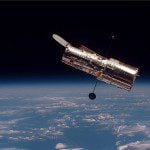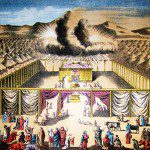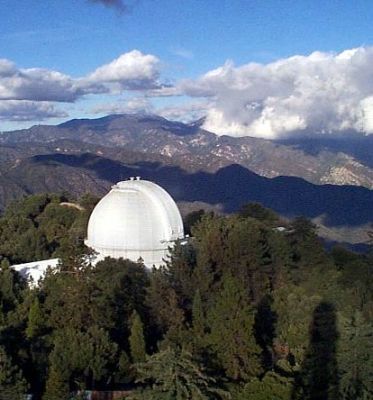
(NASA public domain photograph)
Gotcha. Its title notwithstanding, this is not an autobiographical essay.
In the writing project for which these preliminary notes are intended, I need to do a fair amount of “setting up,” which, in this portion of the project, means that I need to lay out some general background on certain issues of physics, astronomy, cell biology, paleontology, and the like. Therefore, not being a scientist myself, I’ll be drawing for those general discussions on actual scientists and science popularizers in whom I have confidence. For my first pass on some of these matters, I’m drawing on Michael Guillen’s Believing is Seeing: A Physicist Explains How Science Shattered His Atheism and Revealed the Necessity of Faith (Carol Stream, IL: Tyndale Refresh, 2021). Herewith, I continue with my rough drafts from Dr. Guillen:
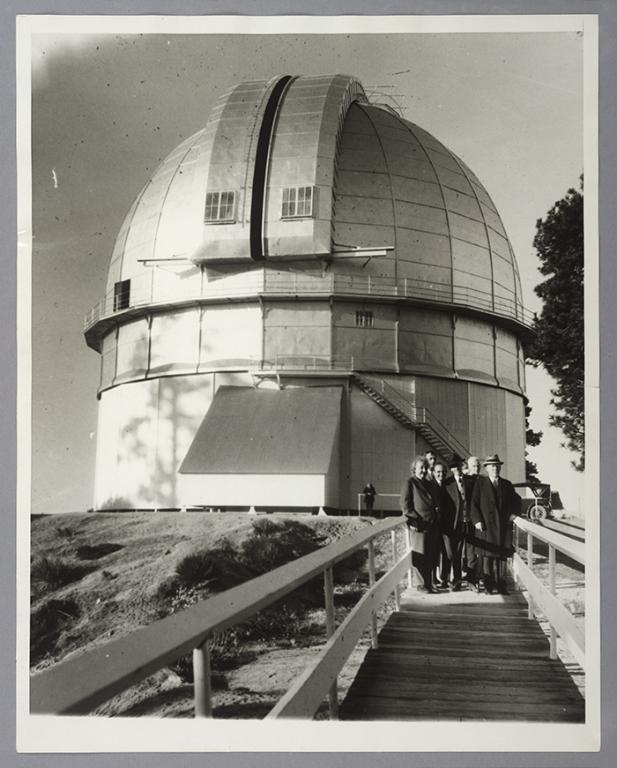
When Albert Einstein published his theory of general relativity in 1915, he expected it to confirm the generally accepted notion of an ageless and static universe. To his horror, however, it didn’t. Instead, it seemed to suggest that the universe is actually expanding.
Einstein disliked this suggestion, and thought it false. So he inserted “a fudge factor called lambda, the cosmological constant” (144)
With lambda in place, he re-restablished an ageless, static universe, and all seemed to be well.
Sort of. In 1927, a Belgian Roman Catholic priest named Georges Lemaître — who happened to hold a doctorate in mathematics from the Catholic University of Louvain and a doctorate in physics from MIT, the Massachusetts Institute of Technology — published a paper in which he argued that the universe had hatched from what he termed a “cosmic egg” or a “primeval atom.”
In October of that same year, Father Lemaître traveled to Brussels for the Fifth Solvay Conference, where he found Albert Einstein and explained his idea to him. “Your calculations are correct,” Einstein responded, “but your grasp of physics is abominable.” (147)
And then, in 1929, the American astronomer Edwin Hubble, using the big telescope atop Mount Wilson in California’s San Gabriel Mountains, published data appearing to show that galaxies are moving rapidly away from each other, rather in the manner of pieces of shrapnel after the explosion of a bomb. He summarized what his data showed in what is now called Hubble’s Law: v=H x d. where v represents the velocity at which a galaxy is moving away from us, H represents something called the “Hubble constant” and d represents the galaxy’s distance from us. What this implied was that, the further away from us a galaxy is located, the faster it is moving away.
In other words, Einstein’s original theory, before the introduction of his fudge factor, lambda, was actually right. And the implication was clear: If the universe is expanding, it must once have been smaller. It must once have exploded into existence.
So the notion of an ageless, static universe was jettisoned by most scientists in the early 1930s, although there were holdouts. Einstein apparently still disliked the notion of an expanding universe. Said the prominent British astronomer Sir Arthur Stanley Eddington,
Philosophically, the notion of a beginning of the present order of Nature is repugnant to me. . . . I see no way found it; but . . . I should like to find a genuine loophole. (147)
Even in 1949, the great British astronomer and astrophysicist Sir Fred Hoyle, argued for an ageless and stable universe, denouncing Lemaître’s idea of a primordial explosion as
the hypothesis that all the matter in the universe was created in one big bang at a particular time in the remote past. (147)
And hence, using what Hoyle intended as a pejorative dismissal, we still speak today of the “big bang.” As far as I knew when I was in high school, Hoyle’s proposed alternative to “the big bang theory” continued as a live and plausible option, and it still had defenders. At some point, though, that stopped. One factor, of course, was the 1964 discovery, by the American physicist Arno Penzias and the American radio astronomer Robert Wilson, of cosmic microwave background radiation, which is understood as important evidence for a hot early universe and, thus, for the “big bang” (of which it seems to be something like an “echo”). In 1978, Penzias and Wilson were awarded the Nobel Prize for Physics for their discovery. While I was in high school, though, I don’t think that the news had quite filtered down to us.
There is virtually universal consensus today that the universe that we know, including all matter and even time itself, originated in a primeval event beyond which we cannot see.
So the question now looms of how old it is.
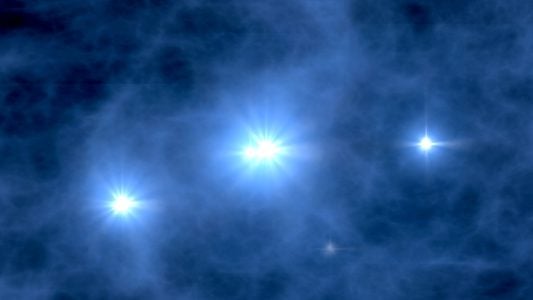
(Wikimedia Commons public domain image)
In order to arrive at an answer, science has to pin down the value of Hubble’s constant, H. A bigger H will mean that the velocity of observable galaxies is relatively high, indicating that they reached their current distance from us quite rapidly. This would seem to indicate that the universe is relatively young. On the other hand, a smaller H will suggest that the universe has taken a longer time to reach its current size — meaning that it’s comparatively old.
But H is difficult to pin down. In 2013, one group of astronomers, arguing that H = 70, calculated an age for the universe of 13.8 billion years. In 2019, an American group published a paper suggesting that H = 76, putting the age of the universe at slightly less than 13 billion years. More recently still, adopting a value of H = 82.4, a European group has pegged the universe at 11.4 billion years old.
“The discrepancy,” remarks Adam Riess, Nobel Prize-winning astronomer at the Space Telescope Science Institute, in Baltimore, “suggests that there’s something in the cosmological model that we’re not understanding right.” (146)
One problem with H is that it doesn’t appear to be consistent over time. Hence the importance of attempts to peer into the most distant parts of the universe, which, since the speed of light is finite and since they are so astoundingly far away, is rather like looking back into the incomprehensibly distant past.
[drawn from and/or inspired by Guillen, pages 144-148]



